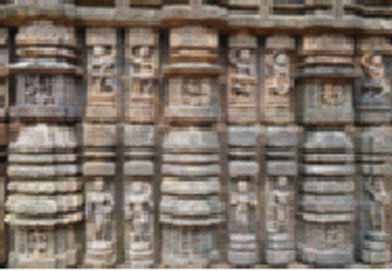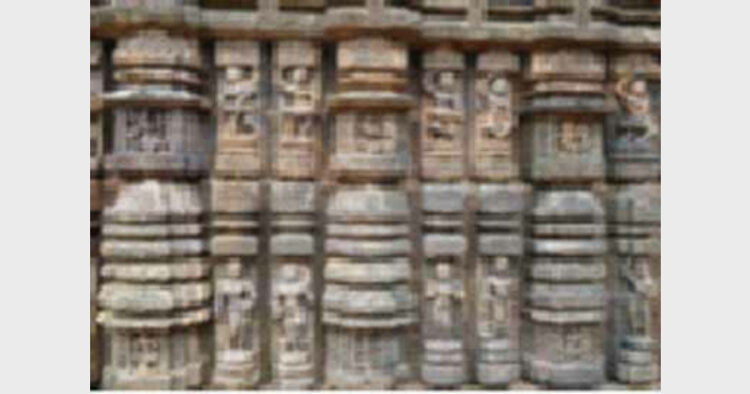In ancient India, the process of evolution and refinement of skills the temple facades started showcasing social activities through its sculptures. Consisting of subsidiary shrines, Natmandir, Bhogmandir, poet pavilion, confectioners, they were allowed to become part of the temple complex. In other words, the temple almost embraced and enveloped the town and its surrounding society or town
-Dr Ujwala Chakradeo

Historians not from our land always thought that temple construction activity began from the Gupta dynasty (320-550 c). They tried to trace the evolution of temple structures from this period only. Because Buddhism was the dominant religion in Bharat prior to this period and memory of our ways of living was probably washed away. Only garbha griha then Ardha Mandapa and then Mandapa is the sequence of evolution that is demonstrated. However, we know that temples and worshipping spaces have been a part of our civilization ever since we existed. Now some researchers and historians have come up with evidence of temples in the form of an ‘altar’ in Vedic period (1500 BC). New GIS mapping of Saraswati river and her civilization dates back to many thousand years prior to this date. Thus temples in various forms existed, not only for the purpose of worshipping the deity but also for performing almost all the social activities prevailing in our land. Temples soon became social and education centres, and important economic institutions. They were a canvas for the visual arts and a stage for the performing arts.
In the later periods great temple complexes in South India, had hundreds of employees, from priests and administrators to masons, dancers, cooks, and potters. The life of people from society revolved around the temple. The daily routine gave assured involvement to a large number of people like priests, musicians, dancing girls, teachers, florists, tailors, etc. In due course of time the simple humble temple building became a vast collection of structures. Consisting of subsidiary shrines, Natmandir (dance pavilion), Bhogmandir (hall of offerings), poet pavilion, confectioners etc. they were allowed to become part of the temple complex. In other words, the temple almost embraced and enveloped the town and its surrounding society or town.
In the process of evolution and refinement of skills the temple facades started showcasing these social activities through its sculptures. A good example of this is the façade of Natmandir of Sun Temple of Konark.
(The columnist is Principal of SMM College of Architecture, Nagpur and specialises in Bharatiya Architectural Heritage)














Comments